Endeavor: a community, not a punishment
Photo by Valerie Lombogia
Endeavor Academy helps at-risk students by giving a different kind of high school experience.
March 5, 2018
Endeavor Academy is not unfamiliar to students at Creek, but few truly know how the school works and how it aids students.
Endeavor Academy is an alternative high school that helps students who had difficulty in a traditional high school setting.
Most students attending the school meet certain criteria of being “at risk.” These criteria include being a migrant, having a documented history of substance abuse in your family, being a parent, having an individual educational plan, and several others.
Many students at Creek are under the impression that Endeavor Academy is simply a school where problematic students are sent.
The belief that the school is a place students are sent to as a punishment is inaccurate. According to Endeavor’s Assistant to the Principal Lara Kibbee, it’s a label that continues to burden the school.
“That’s a big misunderstanding and something that challenges us pretty regularly,” Kibbee said via phone call. “The reality is that we have a pretty significant wait list of kids trying to get in here.”
In order to get into Endeavor Academy, there is an application and interview process that must be completed before students are put into the wait pool.
It’s important to the school that their accepted applicants are truly interested in attending, and their interest level can be easily recognized through the interviews.
“If a student isn’t very convincing about their desire to be here, we quit that interview pretty quickly,” Kibbee said. “In most instances, we’ll stop right in the middle.”
Kibbee also explained that their students always cherish their time at Endeavor, even if they were reluctant to come at first.
“Once they get here, they know that it’s such a good place for them, and they do so well,” she said. “They really like the feeling of achieving and being proud of themselves that they don’t want to leave.”
The use of non-traditional instruction is central to Endeavor Academy’s system of education. Classes are usually made of twelve to fifteen students with few going over twenty. A limited amount of testing is done at the school, instead, students participate in more hands-on projects.
“We do a lot of projects and a lot of things where kids can demonstrate their learning,” Kibbee said. “It’s very important to us that kids can demonstrate that they have acquired the content material.”
The students at Endeavor receive earned privileges that make school more convenient to their conceivably complicated lives.
These include taking a leave of absence when necessary, taking independent PE, and having a schedule built according to their work schedule.
A fundamental part of an Endeavor student’s schedule is Advisory class. It meets every day and is more of a support class than anything else.
“It’s like your support group,” Kibbee said. “It gives kids an opportunity to connect with each other and an adult and just check in and let them know that we appreciate them being here.”
Endeavor Academy also retains certain parts of traditional high school within their system such as lectures, note-taking, and tests.
The school also has its own volleyball and basketball teams which compete against other alternative schools in an alternative athletic league.
What is missing from the traditional high school experience is school dances such as prom or homecoming, and for those events, Endeavor students join their home schools, meaning the traditional high school they would have originally attended.
The same goes for sports outside of basketball and volleyball; students can join the teams of their home school.
“We had a student last year that played baseball with Creek and attended here,” Kibbee said.
One of the biggest differences of Endeavor Academy from other schools in the district is its environment.
With a student population of only 285 and small classes, the school was able to develop a close-knit and accepting community among its students.
“They all have their own reasons for being here. They all come with their own baggage and issues, and everybody’s pretty accepting of that,” Kibbee explained warmly. “We don’t see a lot of cliques. We don’t see a lot of kids hanging out with just a particular group. Everybody’s all in it together.”

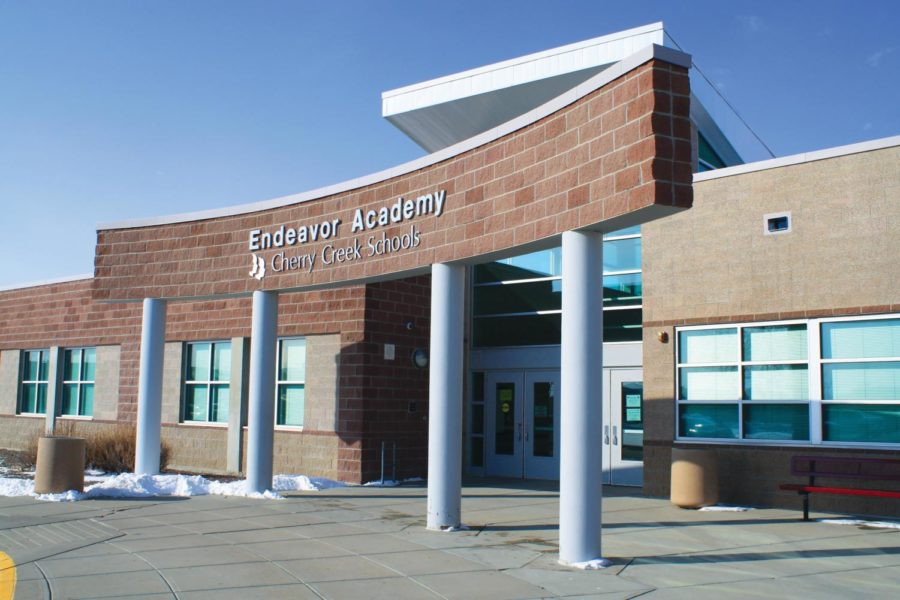
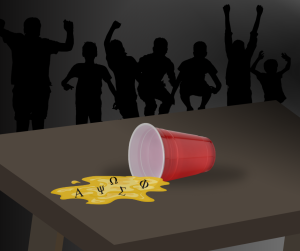






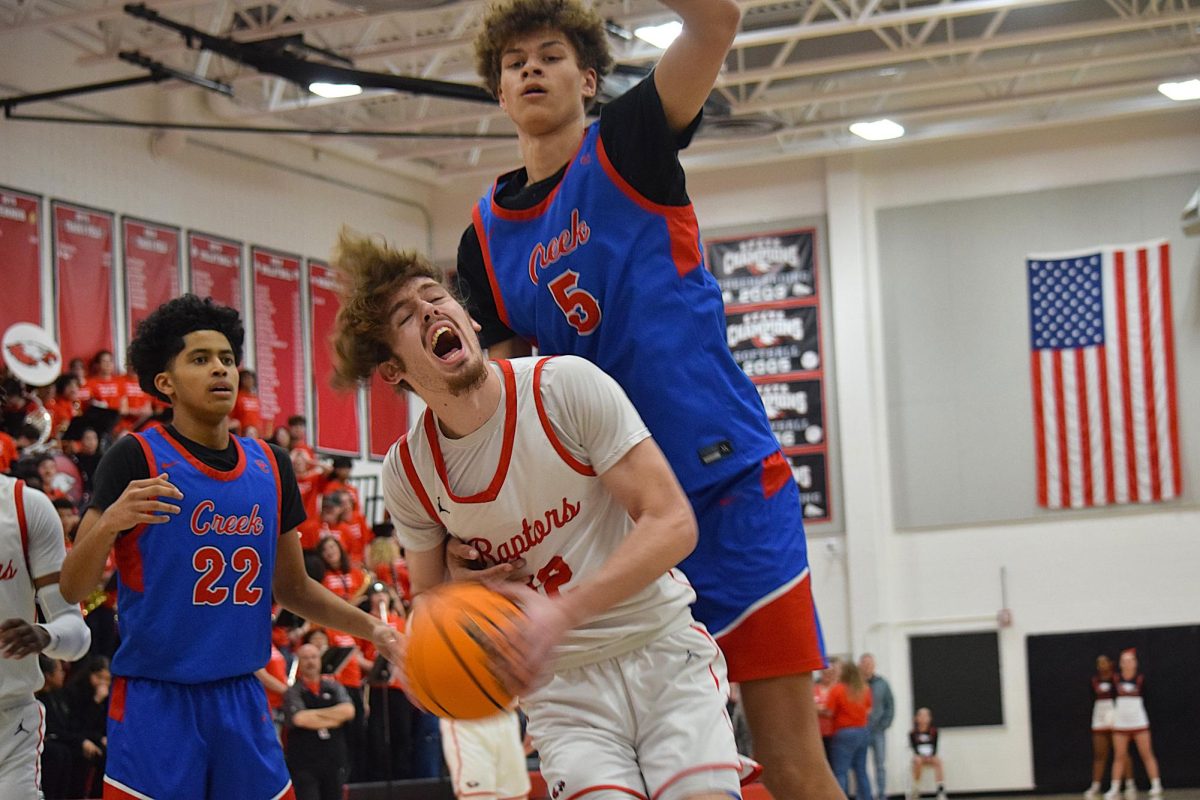
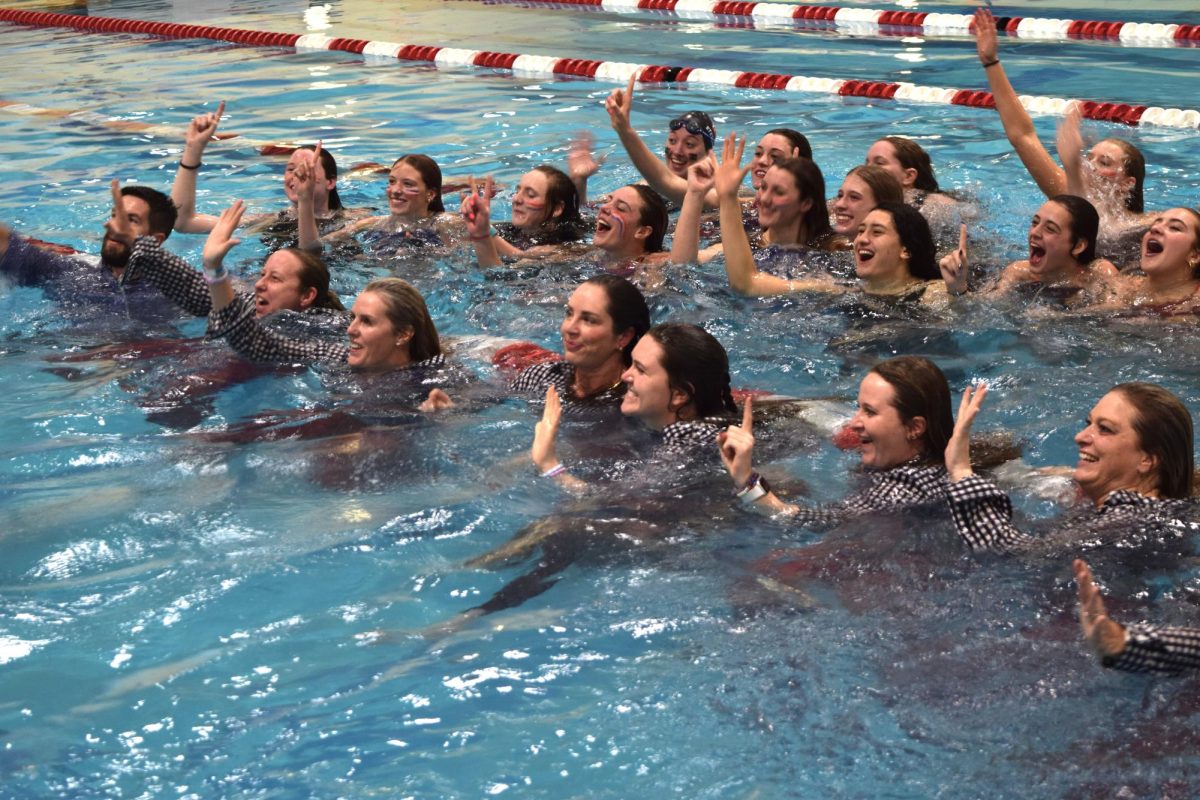
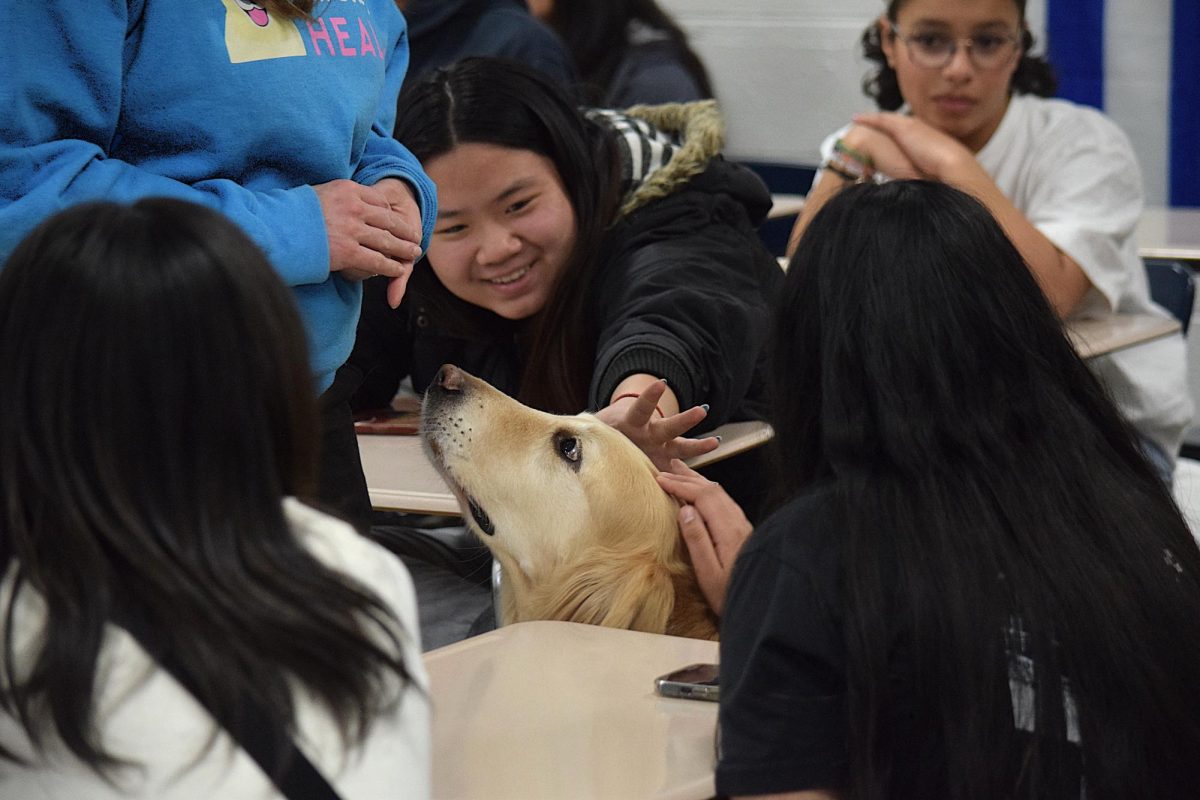
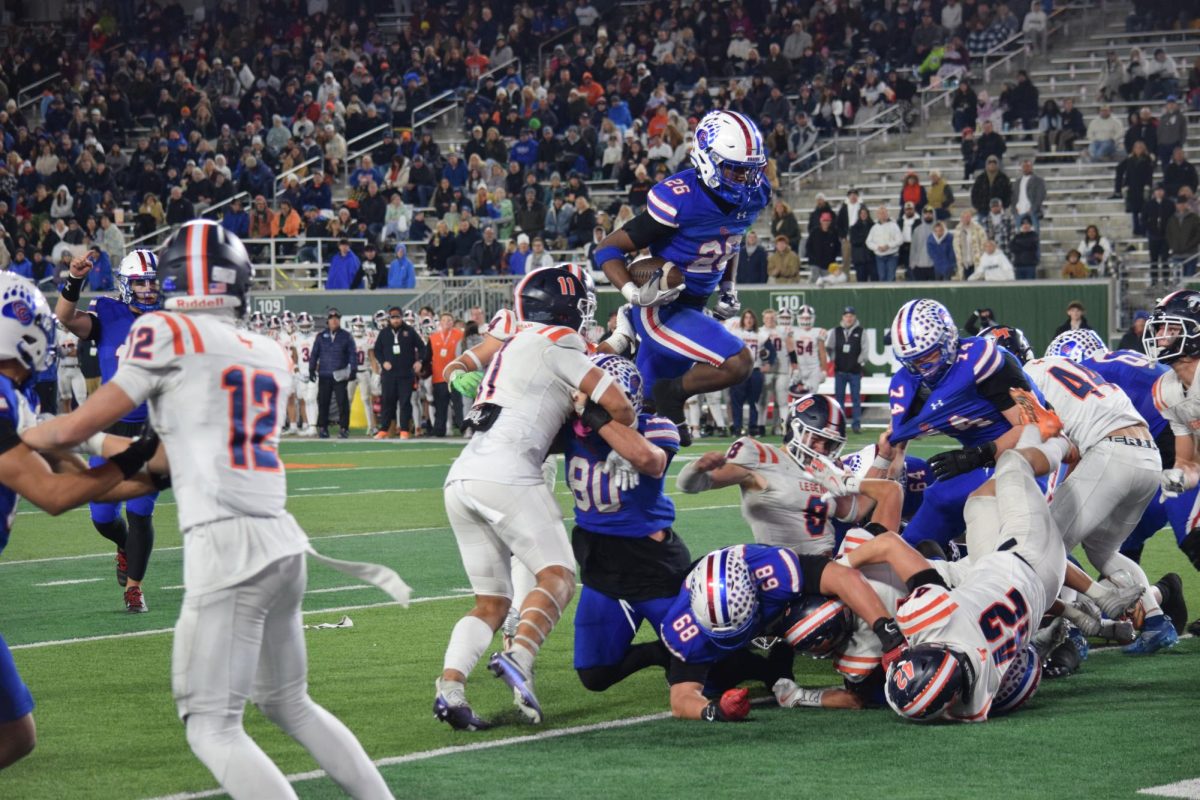
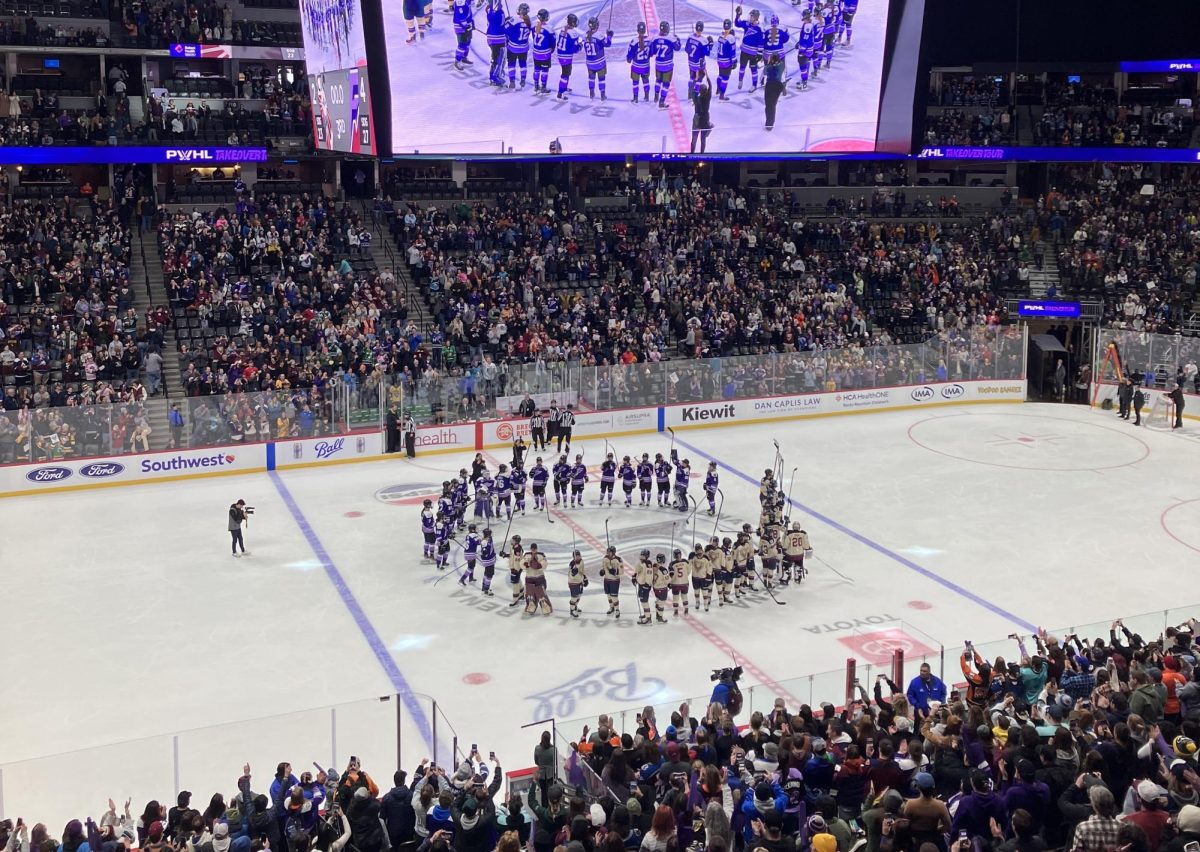
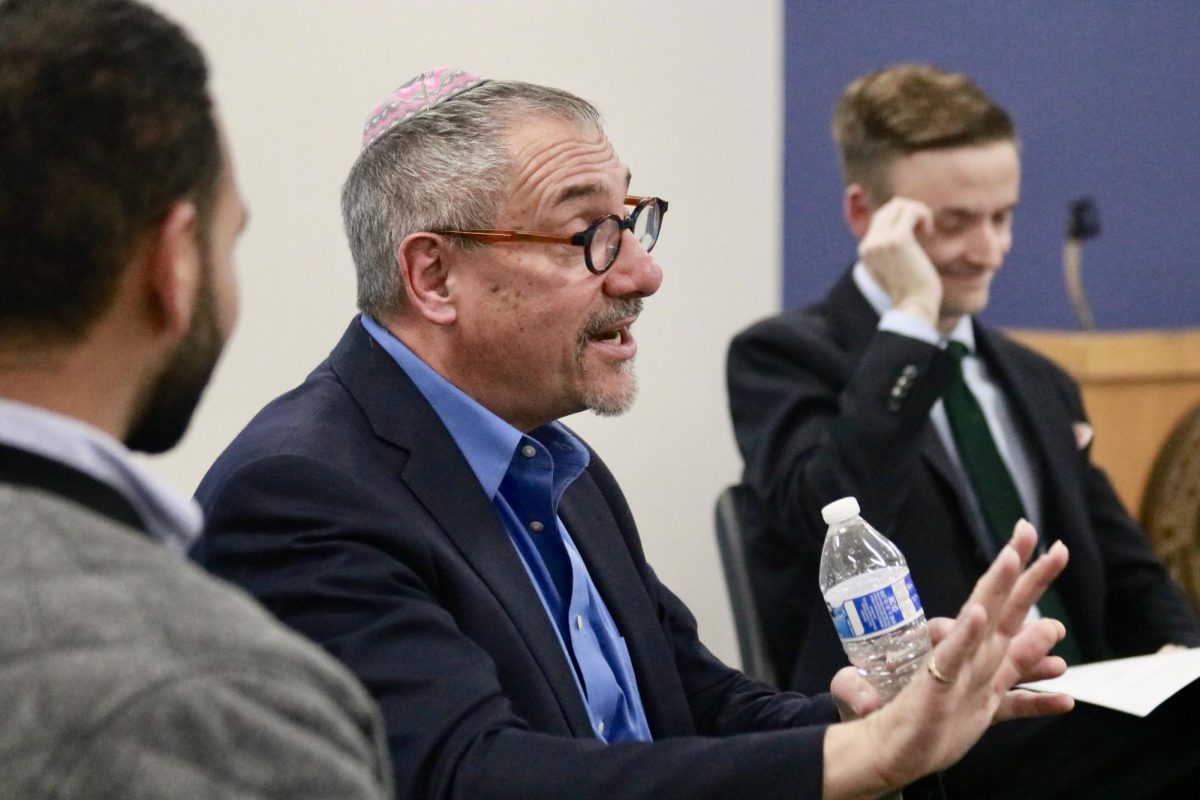
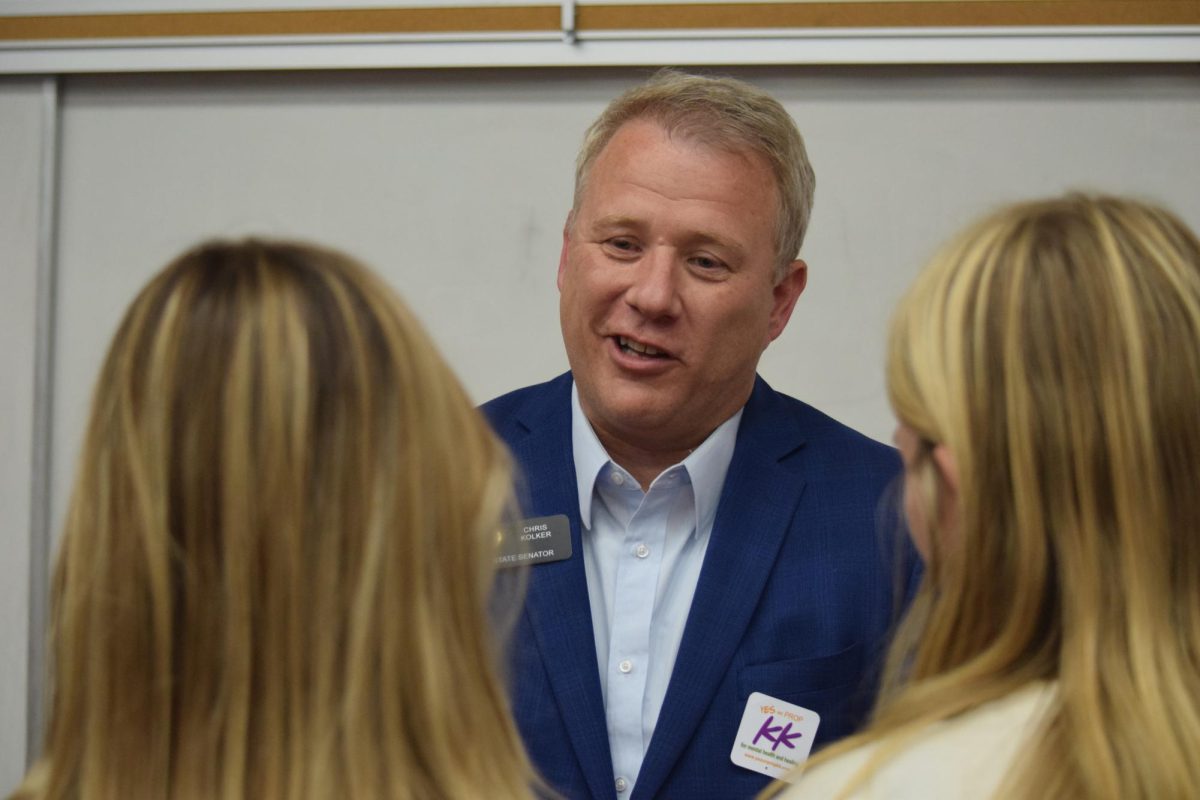

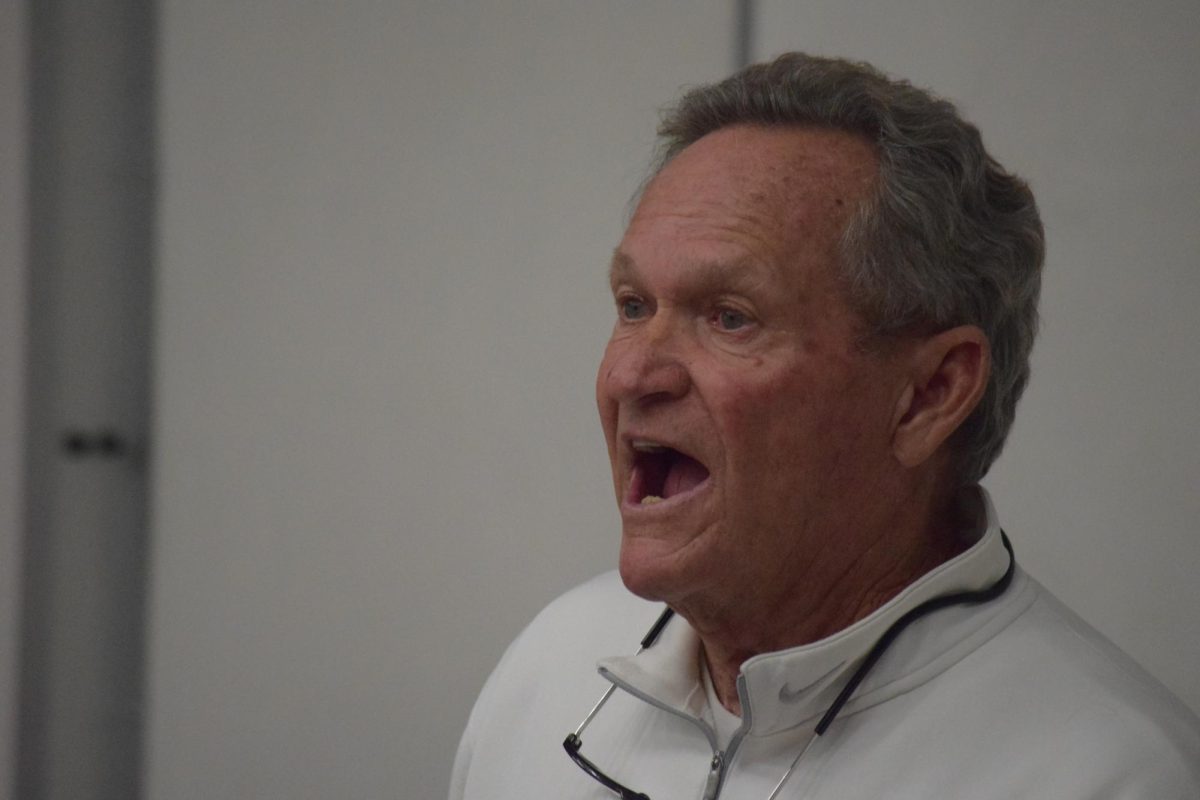
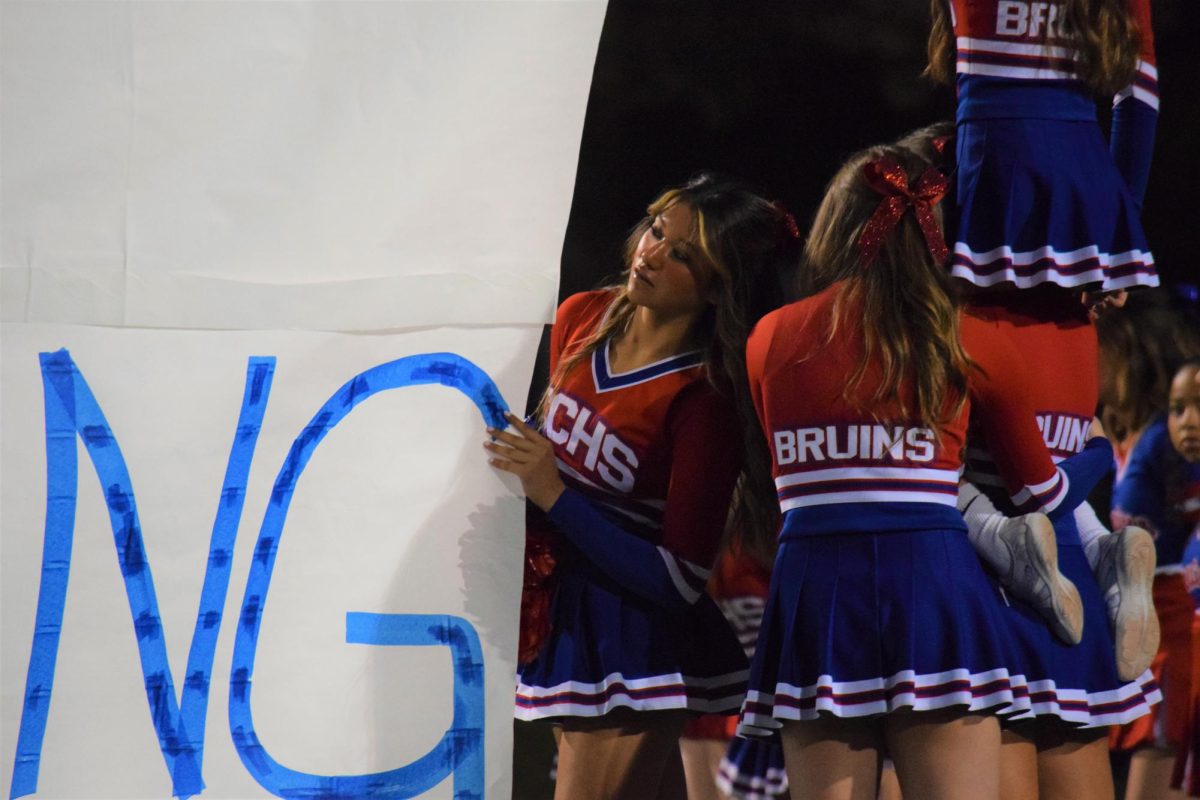
Ashton Moune Williams | Mar 16, 2018 at 2:25 PM
Thanks to Endeavor Academy and all the wonderful teachers and friends I made there I graduated on time, when I went to Overland high school I wasn’t on track to graduate with my class in 2016, I came to Endeavor Academy with some mental health issues and they helped me and let me know I had someone I could reach out to at anytime I needed someone. I graduated on time with my class and I made some pretty awesome friends!! I want to say thank you to all the wonderful teachers that helped make it possible!!!